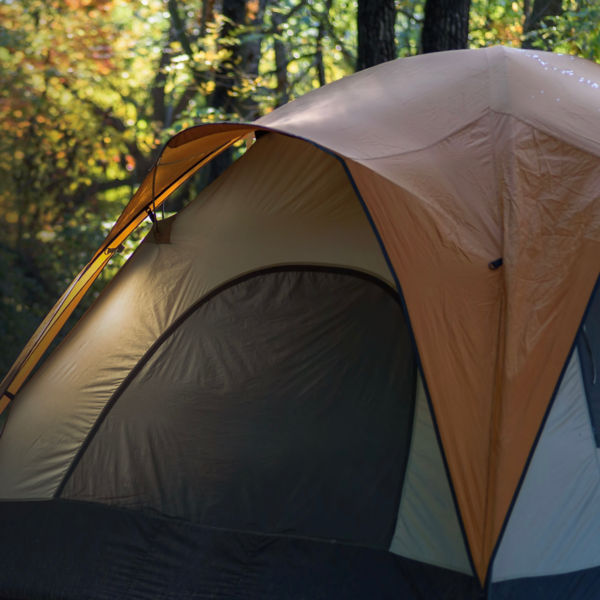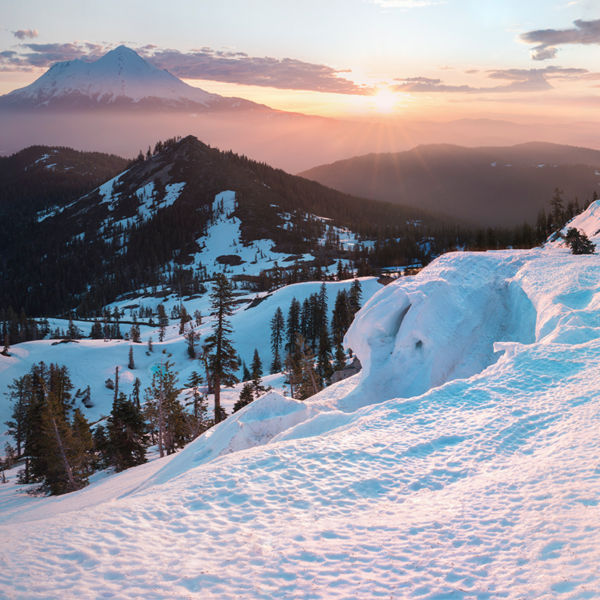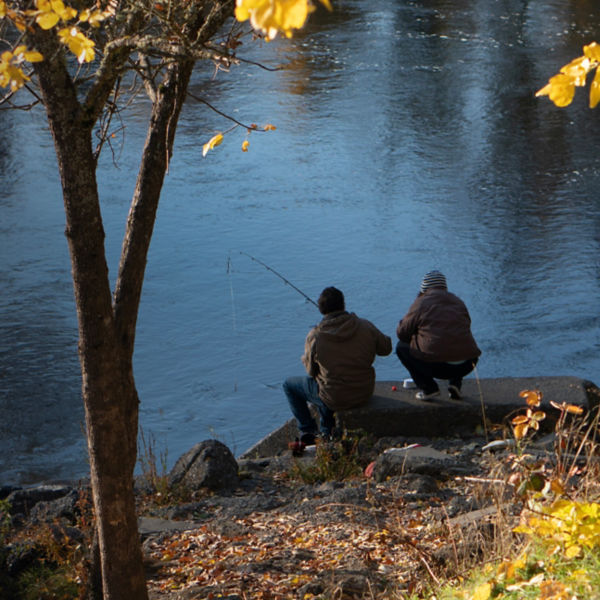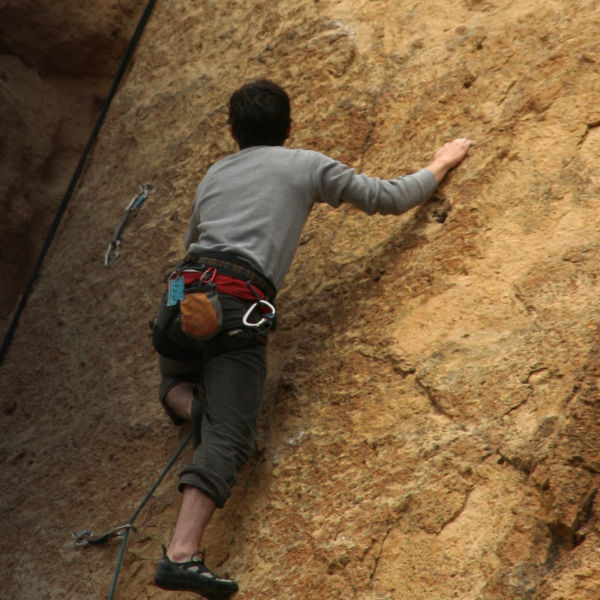
In terms of access, awe and convenience, the Table Rocks hikes can’t be beat. Just a handful of minutes north of downtown Medford, Ore., the Upper and Lower Table Rock mesas tower above the Rogue River. A quick escape and a little exercise yields an excellent payoff: The tops of both of the U-shaped buttes offer sweeping views 800 feet down to the river valley and beyond to the high peaks of the Siskiyou and Cascade mountains—even to the rim of nearby Crater Lake.
Upper Table Rock (2,092 feet) is the farthest upriver (east). Lower Table Rock (2,049) is downriver, to the west, hence the “lower” designation. The mesas, plus the surrounding views of the valley, river and mountains, are a geologist’s dream. The base of the formations are primarily sandstone and conglomerate dating back to between 34 and 48 million years. They’re also protected by a 125-foot-thick lava cap, which resulted from the Mount Olsen shield volcano that erupted some 7 million years ago about 44 miles upriver.
For the last tens of thousands of those years, Indigenous people lived in the Rogue River Valley, with the Takelma being the largest group during the 19th century expansion of European and U.S. fur trapping and mining exploration in the area, which provided the formations with their current, quite literal names (vs. the traditional inhabitants’ name of Ti’tanak for the rocks). The twin towers became well-known landmarks for travelers on the trail from Oregon’s Willamette Valley to Central California as an 1850s gold rush attracted miners and settlers—and conflict with the Takelma tribe, which retreated to Upper Table Rock, a natural fortress that defied capture. Violent encounters only escalated, leading to the Rogue River Wars from 1855 to 1856.
The Nature Conservancy and Medford Bureau of Land Management now jointly own and manage both the Upper and Lower Table Rocks (BLM controls 1,280 acres, while the Nature Conservancy manages 3,391 acres). In the 1980s, the Youth Conservation Corps started to improve the trails; local Boy Scout groups and the Oregon Dept. of Forestry also contributed many hours of planning and work.































